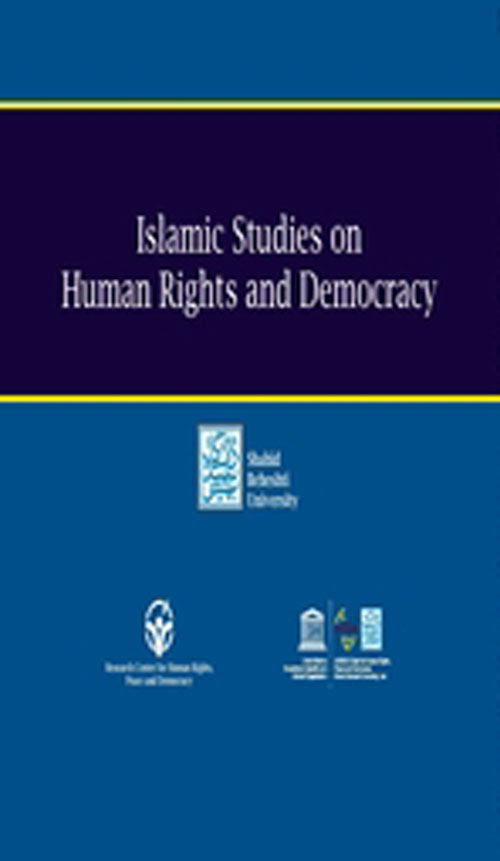The Interaction between ICH and the World Heritage Convention, with a Focus on Sustainable Development Goal 11
The question of safeguarding the intangible cultural heritage is important topic in every country because every culture and every sub-culture has a wide range of intangible heritage, whether the culture is new or whether the culture is old. Intangible heritage is important to communities around the world. It must be identified, it must be understood, it must be analyzed and, as far as possible, protected. As we know protection can take many forms: If the culture is strong and the relevant community cares about its heritage, then it is able to conserve that heritage without any real assistance from Government or from other organizations. This is obviously a desirable thing. However, in many countries, the tangible cultural heritage and the intangible cultural heritage are under some threat, and this is for a wide range of reasons and it is, to some degree, because of conflict or pressure from development activities or from natural causes in terms of storms floods and so on. That is how the intangible cultural heritage has come to play a very important part in stimulating communities and organizations, as well as Governments, to establish both institutional and policy mechanisms to conserve those things that seem to be of value now and which most people would agree should be transmitted to future generations. The relevant international treaties that, one way or the other, had been responsible for framing various kinds of heritage at a national and regional level around the world include those stemming originally from the Convention for the Protection of Cultural Heritage in Time of Armed Conflict (1954). Later, we have seen Conventions from 1970 and 1995 which focused on the illicit import export and then transfer of the ownership of cultural property or cultural items. We have also seen, of course, the Convention concerning the Protection of the World Cultural Heritage which was which was adopted by UNESCO in 1972. This combination of cultural heritage treaties is a very significant one, although there are several problems in terms of the integration of these Conventions in terms of the way in which they work and in the way in which they are implemented at the national level. One of the things that this paper aims to achieve is to marry some of these issues, in relation to the intangible heritage, with the questions of tangible heritage and, specifically, in the context of World Heritage sites. In addition, it has as a broader context the links between conservation of heritage and the matter of sustainable development, as illustrated through the Sustainable Development Goals.
- حق عضویت دریافتی صرف حمایت از نشریات عضو و نگهداری، تکمیل و توسعه مگیران میشود.
- پرداخت حق اشتراک و دانلود مقالات اجازه بازنشر آن در سایر رسانههای چاپی و دیجیتال را به کاربر نمیدهد.


